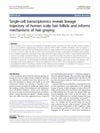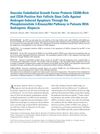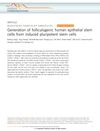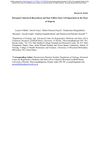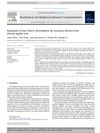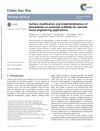Feasibility of Repairing Skin Defects by VEGF165 Gene-Modified iPS-HFSCs Seeded on a 3D Printed Scaffold Containing Astragalus Polysaccharide
June 2023
in “
Journal of Cellular and Molecular Medicine
”
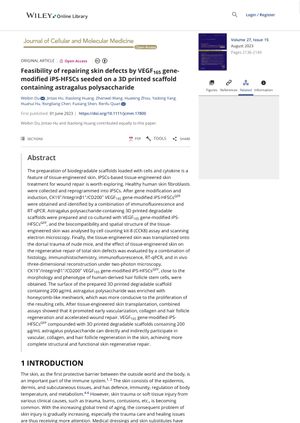
TLDR The new method using gene-modified stem cells and a 3D printed scaffold improved skin repair in mice.
The study explored a new method for skin repair using VEGF165 gene-modified induced pluripotent stem cell-derived hair follicle stem cells (iPS-HFSCs) seeded on a 3D printed scaffold containing astragalus polysaccharide. The researchers successfully generated these cells and co-cultured them on the scaffold. The composite was then used to repair full-layer skin defects in 36 nude mice, showing significant improvement in wound healing compared to control groups. The tissue-engineered skin increased collagen formation, thickened the new dermis, and reconstructed skin follicles, improving the quality of skin repair. Despite challenges like obtaining sufficient hair follicle stem cells, the study suggests this method could have significant clinical applications for wound healing.

